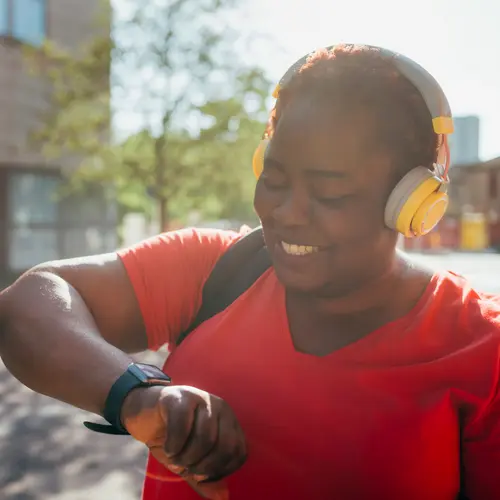Insulin is a hormone that helps control your body's blood sugar level and metabolism -- the process that turns the food you eat into energy.
Your pancreas makes insulin and releases it into your bloodstream. Insulin helps your body use sugar for the energy it needs, and then store the rest.
What Insulin Does
After you eat, your intestines break down carbohydrates from food into glucose, a type of sugar. That glucose goes into your bloodstream, which makes your blood sugar level rise.
Your pancreas is an organ that sits just behind your stomach. It releases insulin to control the level of glucose in your blood.
Your body makes and releases insulin in a feedback loop based on your blood sugar level. At its most basic level, it’s similar to your home's heating and cooling system, which releases cool or warm air as the temperatures rise or fall.
High blood sugar stimulates clusters of special cells, called beta cells, in your pancreas to release insulin. The more glucose you have in your blood, the more insulin your pancreas releases.
Insulin helps move glucose into cells. Your cells use glucose for energy. Your body stores any extra sugar in your liver, muscles, and fat cells.
Once glucose moves into your cells, your blood sugar level goes back to normal.
Low blood sugar prompts a different cluster of cells in your pancreas to release another hormone called glucagon.
Glucagon makes your liver break down the stored sugar, known as glycogen, and release it into your bloodstream. Insulin and glucagon alternate their release throughout the day to keep your blood sugar levels steady.
Insulin and Diabetes
This system works well when you have a healthy pancreas, but it can break down if you get diabetes. There are two main types of diabetes:
Type 1 diabetes is an autoimmune disease that often starts in childhood. Your immune system attacks and destroys beta cells in the pancreas that make insulin.
Type 2 diabetes can affect adults or children. It’s a progressive disease, meaning that it happens over time. Your pancreas will develop problems releasing insulin. Eventually, this form of diabetes will also make it harder for your cells to use insulin, which is called insulin resistance. Type 2 diabetes is more common in people who are overweight or obese.
In both types of diabetes, blood sugar rises. Having high blood sugar for a long period of time can damage blood vessels and organs like your eyes, heart, and kidneys. Because your body can't use glucose properly for energy, diabetes can make you feel very tired.
Women can also get diabetes when they’re pregnant. That’s called gestational diabetes.
You may also have heard of prediabetes and insulin resistance, which can lead to type 2 diabetes (though it’s not too late to stop that from happening through lifestyle change).
Until the early 20th century, the only way to treat type 1 diabetes was with a strict low-carbohydrate, low-calorie diet. In 1921, Canadian surgeon Frederick Banting and his assistant Charles Best discovered insulin. The introduction of insulin as a treatment changed the outlook for people with this disease.
Today, people with type 1 diabetes and some with type 2 diabetes need to take insulin every day to keep their blood sugar levels steady. Getting your blood sugar levels back to normal helps prevent diabetes complications.

